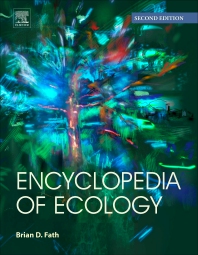Books in Geography general
Books in Geography general

Comprehensive Energy Systems
- 2nd Edition
- Ibrahim Dincer
- English

Encyclopedia of Environmental Health
- 2nd Edition
- Jerome O. Nriagu
- English

Encyclopedia of Ecology
- 2nd Edition
- Brian D. Fath
- English

Comprehensive Geographic Information Systems
- 1st Edition
- Bo Huang
- English

Ocean Circulation
- 1st Edition
- Joan Brown
- English

Generalisation of Geographic Information
- 1st Edition
- William A. Mackaness + 2 more
- English

Ocean Circulation
- 2nd Edition
- Open Open University
- English

Global Change Scenarios of the 21st Century
- 1st Edition
- J. Alcamo + 2 more
- English

Seawater
- 2nd Edition
- Open Open University
- English

Introductory Dynamical Oceanography
- 2nd Edition
- Stephen Pond + 1 more
- English